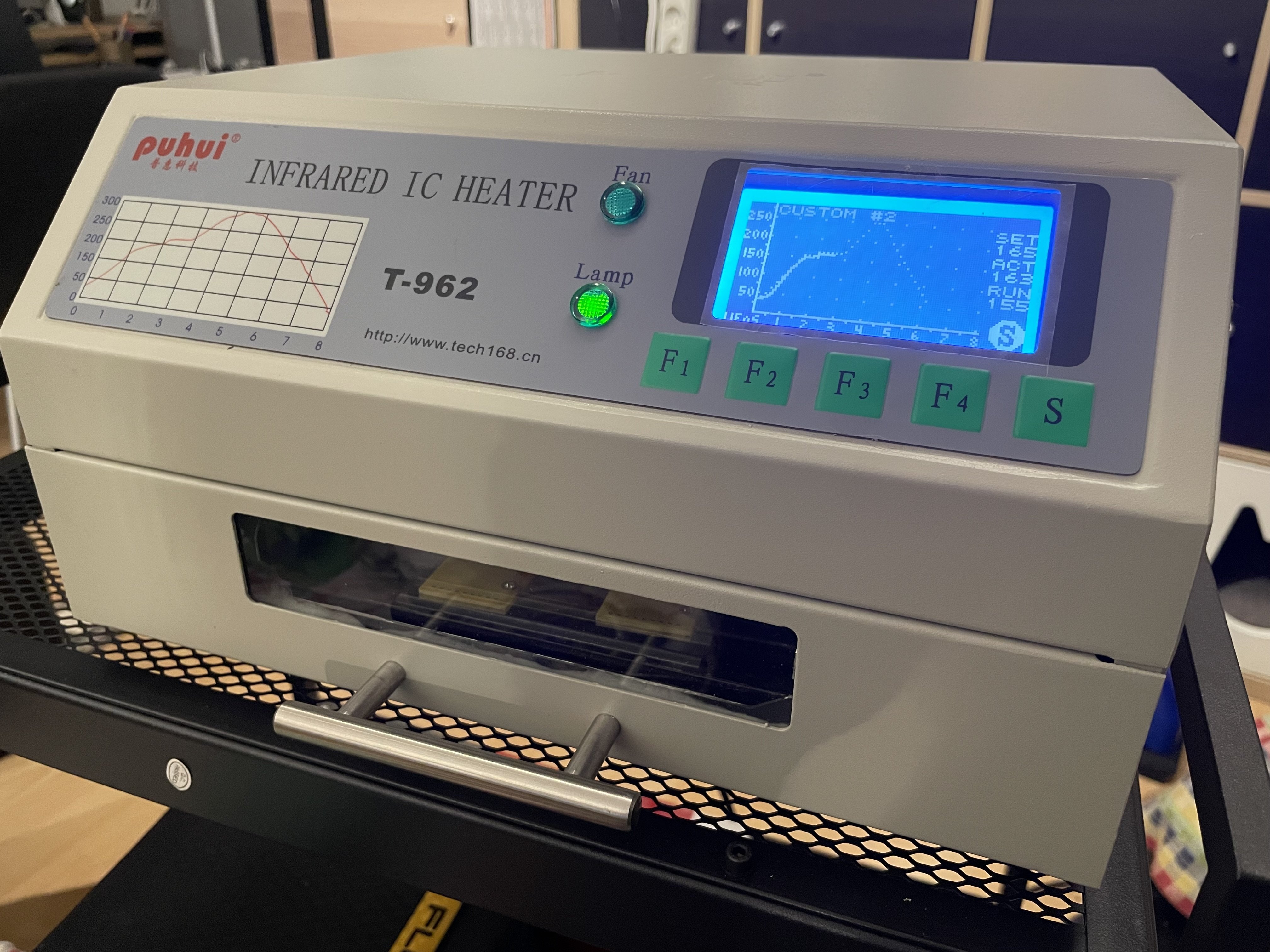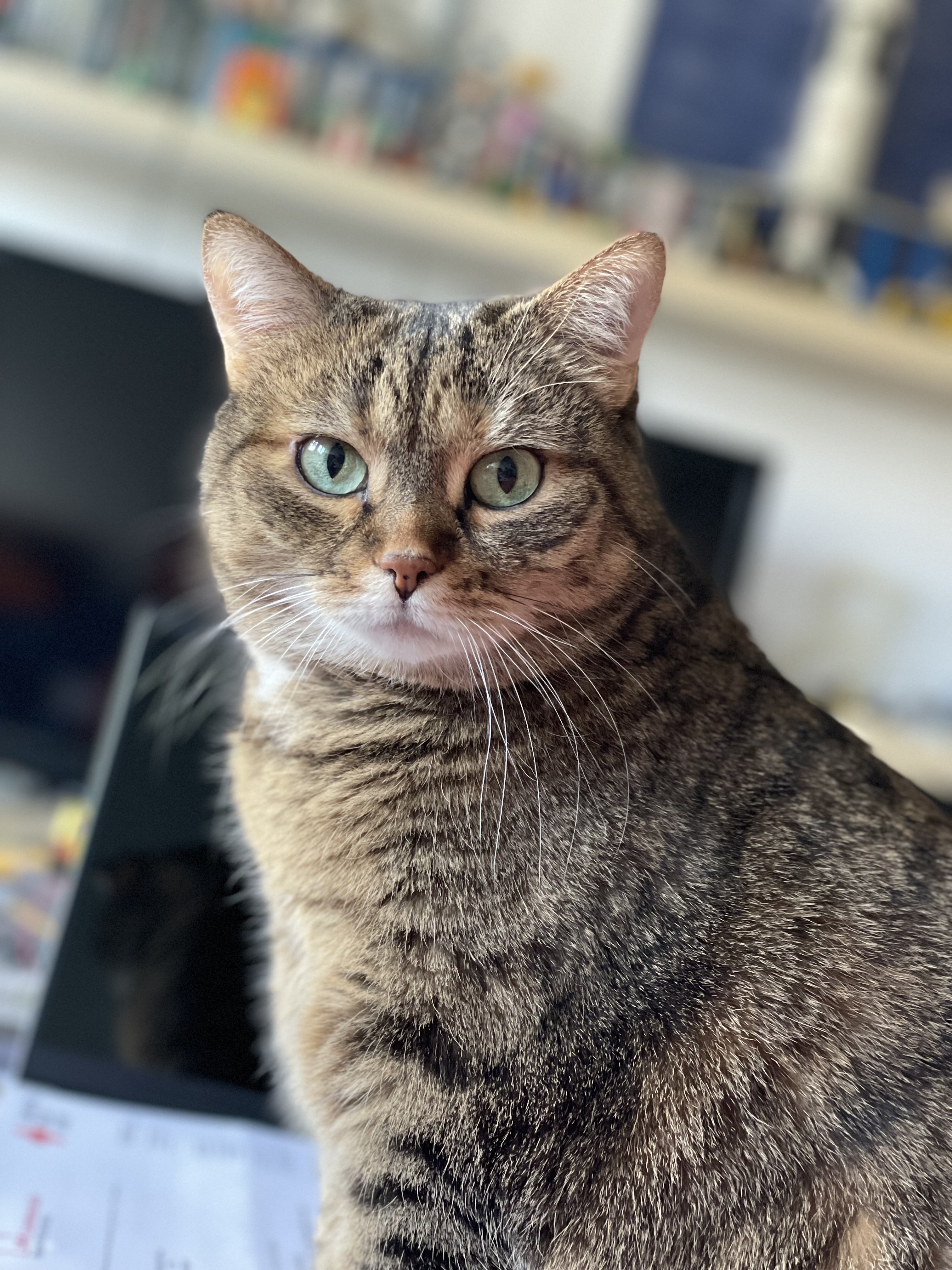Maybe this: https://www.microchip.com/en-us/product/PCI11400 Unfortunately to access the whole datasheet you might have to sign an NDA (and probably have a large company), also designing things with those kinds of interfaces isn’t trivial.
Alternatively maybe this: https://www.renesas.com/us/en/products/interface/usb-switches-hubs/upd720202-usb-30-host-controller It also seems to be locked by an NDA.



I was feeling the same :D.
Boy, because of 500c you made me do all that? I was feeling like the Crimson Fleet treated me nicer here.